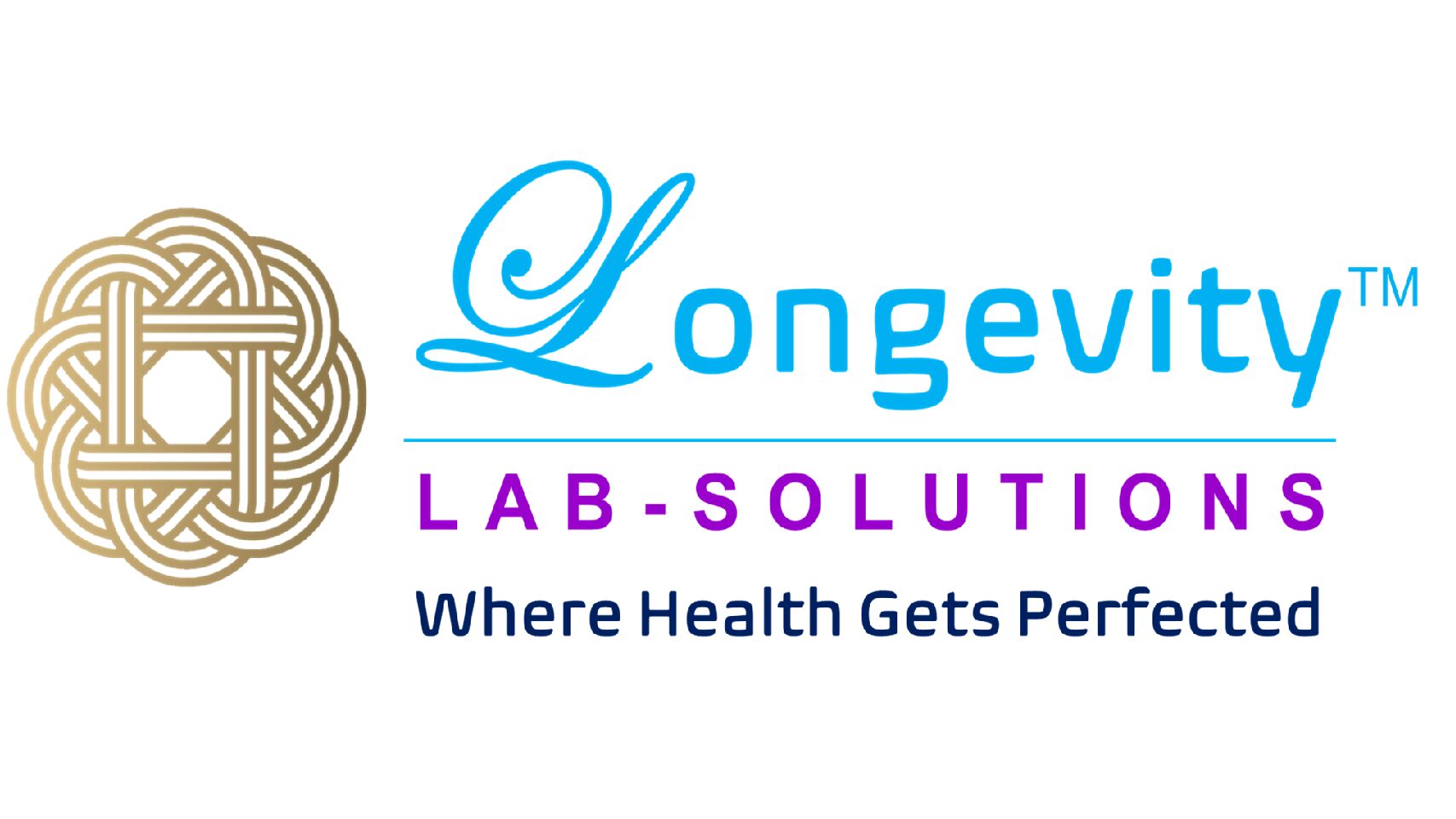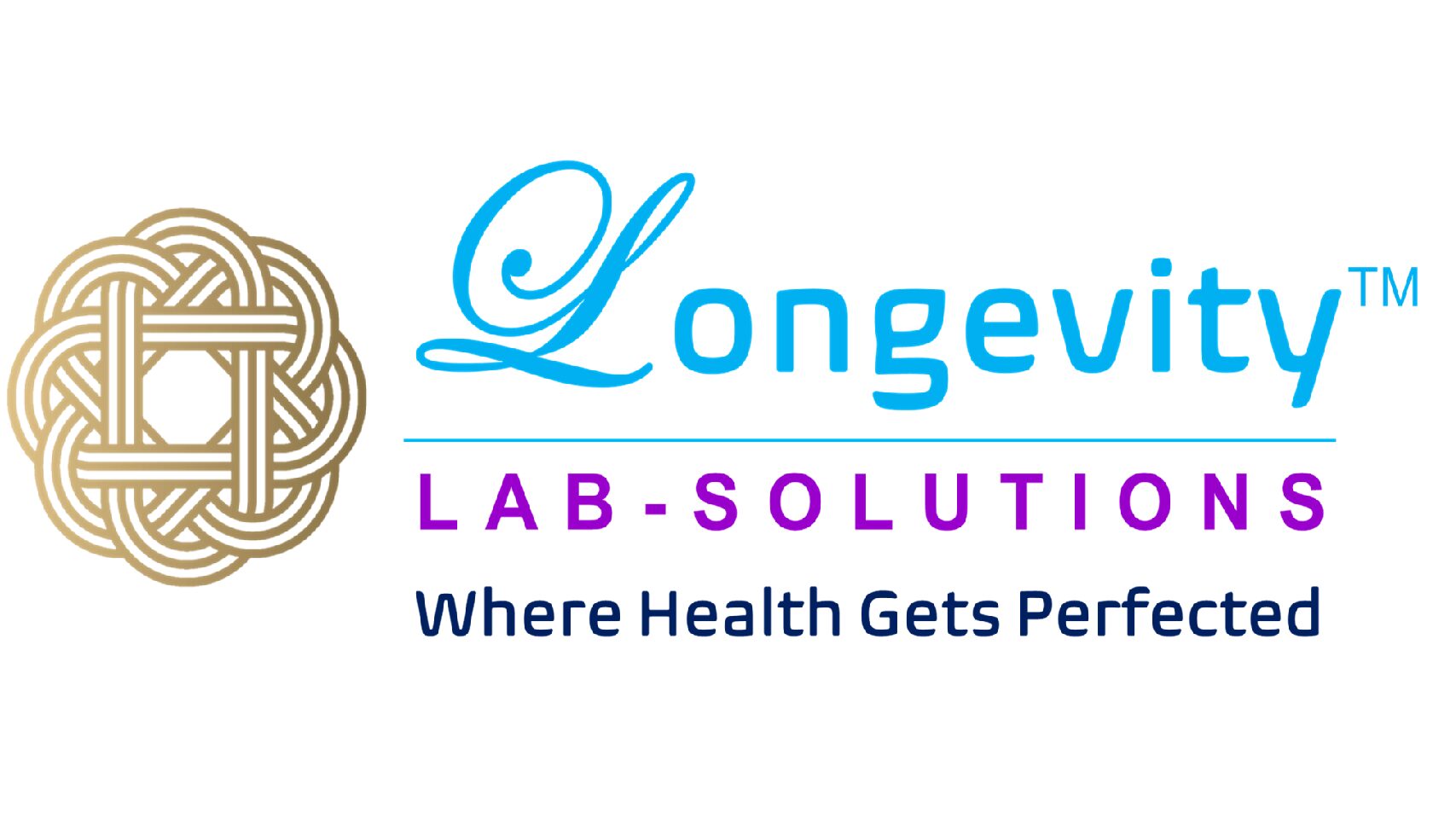Longevity Individual Tests

Soluble Klotho Blood Test
Klotho is a protein that plays a significant role in the regulation of aging and age-related diseases. It is named after the Greek fate responsible for spinning the thread of life. The Klotho protein was first discovered in 1997 in mice, where mutations in the gene encoding Klotho led to a premature aging phenotype. Since then, it has been extensively studied in various organisms, including humans. There are two main forms of Klotho: membrane-bound Klotho (mKlotho) and soluble Klotho (sKlotho).
Soluble Klotho is found in the blood and cerebrospinal fluid and has been implicated in various physiological processes, including anti-aging effects, protection against oxidative stress, modulation of ion channels, and regulation of cell survival and proliferation.
Research shows that Klotho plays a role in promoting longevity and protecting against age-related diseases such as cardiovascular disease, neurodegenerative disorders, and cancer. Additionally, Klotho deficiency has been associated with accelerated aging and increased susceptibility to age-related diseases in animal models and humans.
Price: $229.00

Reactive Oxygen Species (ROS)
Reactive oxygen species (ROS) are chemically reactive molecules containing oxygen. They are natural byproducts of normal cellular metabolism and are involved in various physiological processes. However, excessive production of ROS can lead to oxidative stress, which can damage cells and tissues. Here’s an overview of reactive oxygen species:
Types of Reactive Oxygen Species
- Superoxide Radicals (O2•-): Formed during normal cellular metabolism, particularly in the mitochondria.
- Hydrogen Peroxide (H2O2): A non-radical ROS that can diffuse across membranes and can be converted to highly reactive hydroxyl radicals.
- Hydroxyl Radicals (•OH): Among the most reactive ROS, formed through the Fenton reaction involving hydrogen peroxide and transition metals like iron (Fe) or copper (Cu).
Sources of Reactive Oxygen Species
- Mitochondrial Respiration: The electron transport chain in mitochondria produces ROS as a byproduct during ATP (energy) production.
- Inflammation: Immune cells produce ROS to kill pathogens during immune responses.
- Environmental Factors: Exposure to pollutants, radiation (UV rays), and certain chemicals can increase ROS production.
Role in Disease and Aging
- Oxidative Stress: Excessive ROS production can overwhelm antioxidant defenses, leading to oxidative damage to lipids, proteins, and DNA, implicated in various diseases such as cardiovascular disease, neurodegenerative diseases (like Alzheimer’s and Parkinson’s), cancer, and aging processes.
Regulation and Control
- Antioxidants: Consuming antioxidants (from fruits, vegetables, and supplements) can help neutralize ROS and reduce oxidative stress.
- Enzymatic Systems: Cells use antioxidant enzymes to scavenge ROS and maintain cellular homeostasis.
Conclusion
While reactive oxygen species play essential roles in normal physiological functions, their overproduction and accumulation can lead to oxidative stress and contribute to various diseases. Maintaining a balance between ROS production and antioxidant defenses is crucial for cellular health and overall well-being.
Price: $99.00
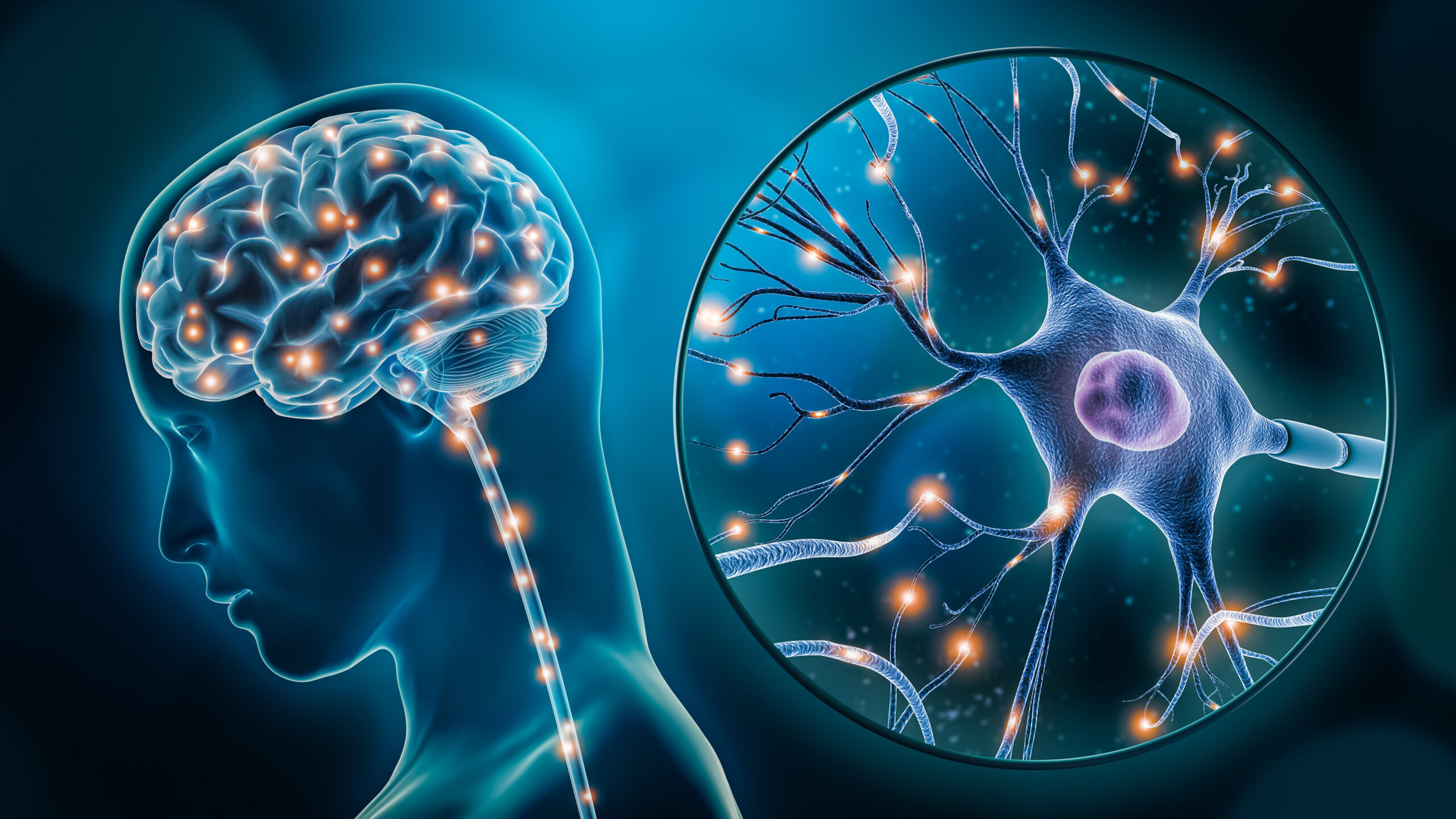
Brain-Derived Neurotrophic Factor (BDNF)
Brain-Derived Neurotrophic Factor (BDNF) is closely linked to longevity due to its role in supporting brain health and promoting neuronal survival, growth, and plasticity. Studies show that higher levels of BDNF are associated with improved cognitive function, reduced risk of neurodegenerative diseases, and potentially increased lifespan.
BDNF is involved in various processes that contribute to longevity, including:
- Neuroprotection: BDNF promotes the survival of neurons and protects them from damage caused by oxidative stress, inflammation, and other factors associated with aging.
- Synaptic Plasticity: BDNF plays a crucial role in synaptic plasticity, the ability of synapses to adapt and change in response to experience. This process is essential for learning, memory, and maintaining cognitive function throughout life.
- Neurogenesis: BDNF stimulates the formation of new neurons (neurogenesis) in the adult brain, particularly in regions involved in learning and memory. This process helps counteract age-related decline in brain function and contribute to cognitive resilience.
- Mood Regulation: BDNF is also involved in regulating mood and emotions, and lower levels of BDNF are associated with depression and other mood disorders. Maintaining healthy BDNF levels contributes to overall psychological well-being and quality of life.
Price: $99.00
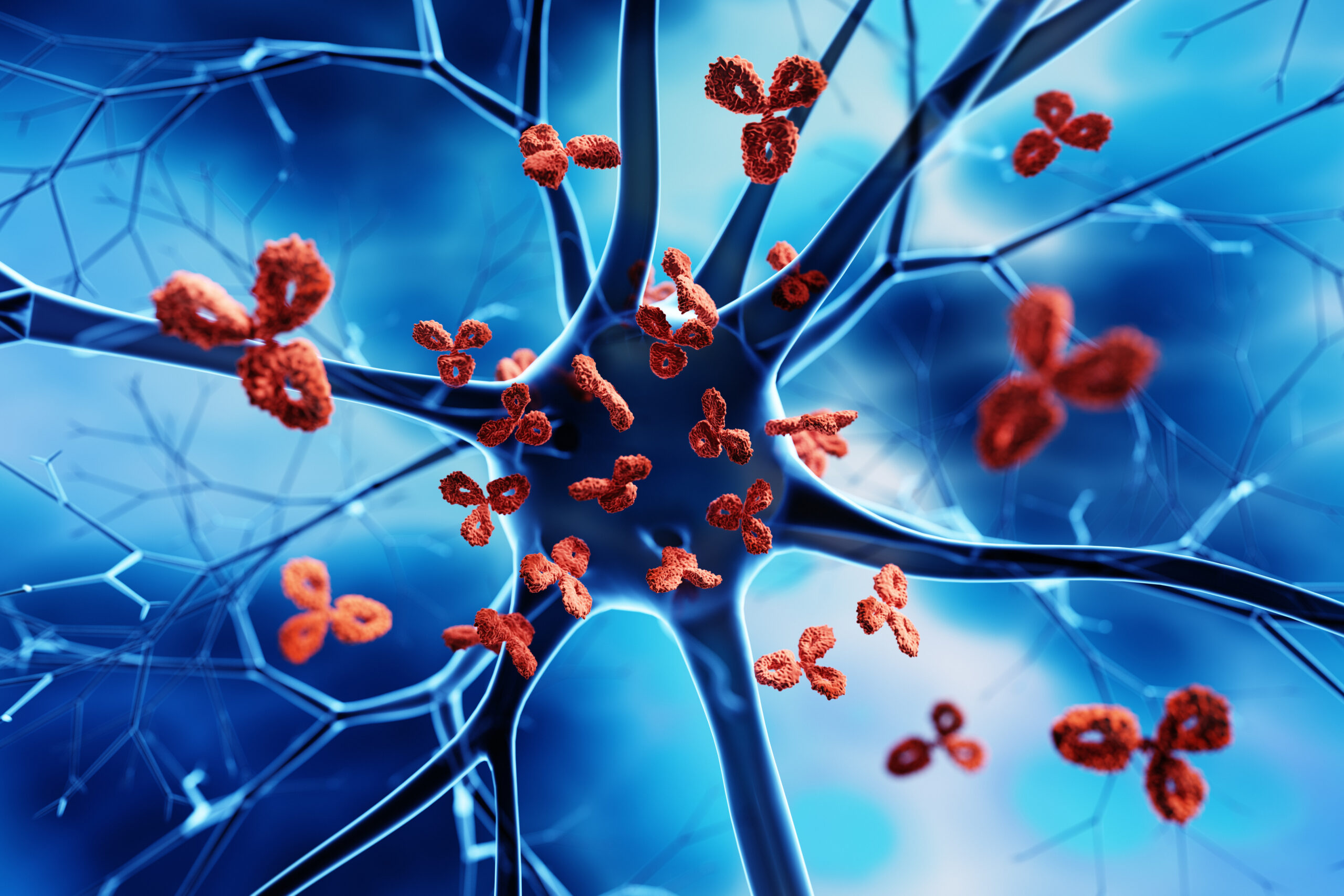
Amyloid Beta (Aβ) Peptides 42/40
Amyloid beta (Aβ) peptides 42/40 refer to specific variants of amyloid beta peptides, which are short fragments of a larger protein called amyloid precursor protein (APP). Amyloid beta peptides are central to the pathology of Alzheimer’s disease (AD), a neurodegenerative disorder characterized by the accumulation of amyloid plaques in the brain.
Aβ peptides are typically 40 or 42 amino acids in length, with Aβ42 being slightly longer than Aβ40. Aβ42 is more hydrophobic and prone to aggregation compared to Aβ40, making it more likely to form the insoluble fibrils that contribute to the formation of amyloid plaques in the brain.
The measurement of amyloid beta (Aβ) peptides, specifically Aβ42 and the ratio of Aβ42 to Aβ40 (Aβ42/40 ratio), serves as a valuable biomarker in the diagnosis and assessment of Alzheimer’s disease (AD) and other neurodegenerative disorders. Both Aβ42 and the Aβ42/40 ratio have distinct roles and provide complementary information:
- Aβ42 Levels: Aβ42 is particularly important in AD pathology because it is more prone to aggregation and is a major component of amyloid plaques found in the brains of individuals with AD. Low levels of Aβ42 in cerebrospinal fluid (CSF) or abnormal levels in blood samples are indicative of increased amyloid deposition and are associated with the presence and progression of AD.
- Aβ42/40 Ratio: The Aβ42/40 ratio is calculated by dividing the concentration of Aβ42 by the concentration of Aβ40. This ratio accounts for individual variations in total Aβ production and provides a more robust measure of amyloid pathology compared to measuring Aβ42 levels alone. A lower Aβ42/40 ratio is associated with increased amyloid deposition and a higher risk of developing AD, making it a valuable biomarker for disease detection and monitoring.
- The ratio of Aβ42 to Aβ40 is important in the pathogenesis of Alzheimer’s disease. In healthy individuals, Aβ peptides are cleared from the brain efficiently, preventing the accumulation of amyloid plaques. However, in individuals with AD, there is an imbalance in the production and clearance of Aβ peptides, leading to the accumulation of Aβ42 and the formation of toxic oligomers and fibrils.
- Measurement of Aβ42/40 ratio in blood samples is used as a biomarker for AD, as alterations in this ratio are associated with the presence and progression of the disease. A lower Aβ42/40 ratio is indicative of increased amyloid deposition and a higher risk of developing AD.
This test reports on Aβ40, Aβ42 and the ratio of Aβ42/40
Price: $189.00

Nicotinamide Adenine Dinucleotide NAD/NADH
Nicotinamide adenine dinucleotide (NAD) and its reduced form, NADH, are coenzymes found in all living cells. They play crucial roles in various metabolic pathways, serving as carriers of electrons during cellular respiration and as cofactors for enzymes involved in redox reactions.
NAD is primarily involved in accepting and donating electrons in oxidation-reduction (redox) reactions, making it essential for energy production and metabolism. In its oxidized form (NAD+), it functions as an electron acceptor, while in its reduced form (NADH), it carries electrons to the electron transport chain in mitochondria, where they are used to generate ATP, the primary energy currency of cells.
In addition to its role in energy metabolism, NAD is also a substrate for enzymes involved in other important cellular processes, including DNA repair, gene expression, and cell signaling. NAD-dependent enzymes such as sirtuins, poly(ADP-ribose) polymerases (PARPs), and cyclic ADP-ribose synthases (CD38 and CD157) play key roles in regulating cellular homeostasis, stress response, and longevity.
The balance between NAD+ and NADH is tightly regulated within cells, and disruptions in this balance have profound effects on cellular function and health. Declines in NAD+ levels is associated with aging and age-related diseases, while increasing NAD+ levels through supplementation or activation of NAD+ biosynthetic pathways has been proposed as a potential strategy to promote healthy aging and improve metabolic health.
Price: $179.00
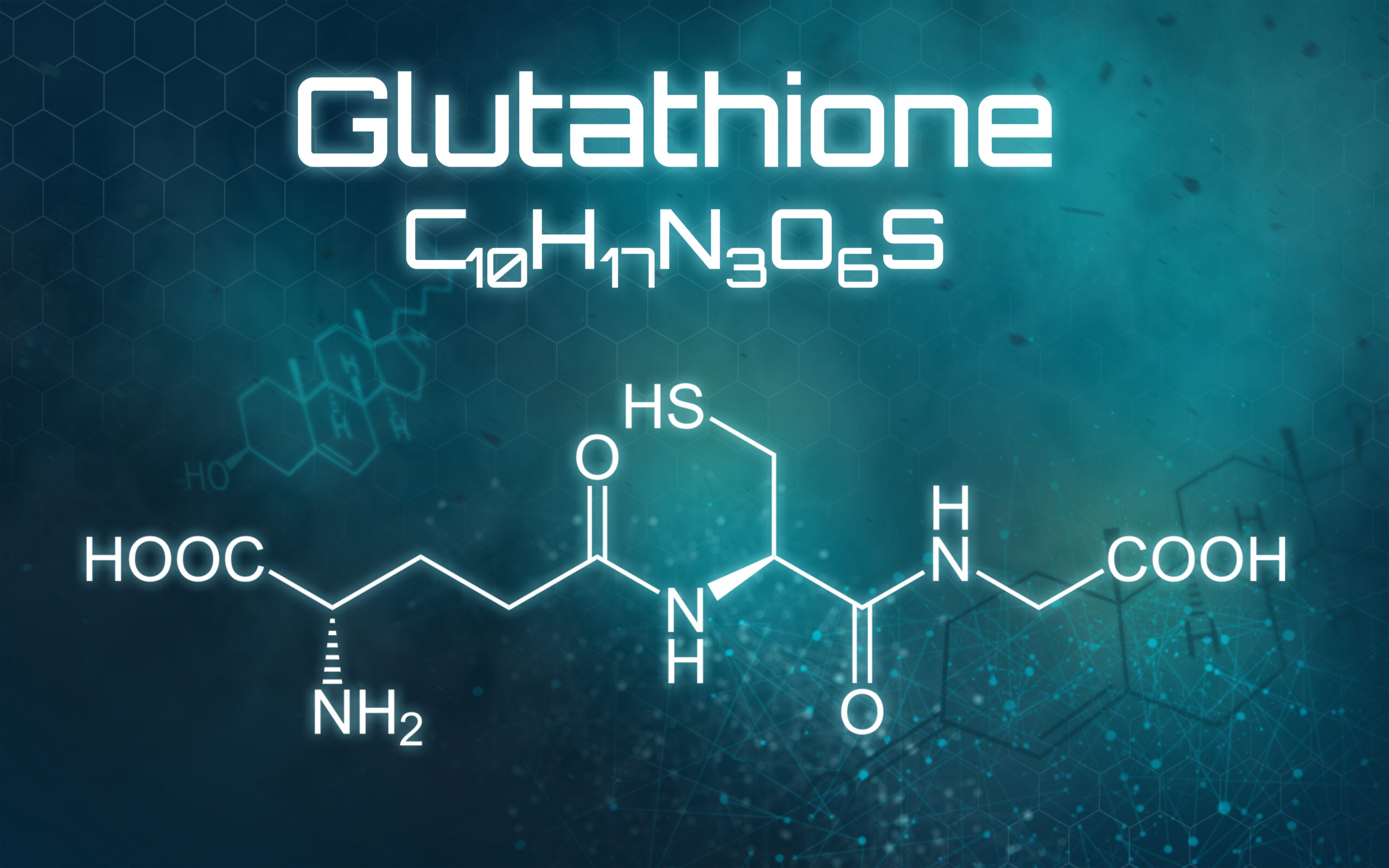
Glutathione GSSG/GSH
Glutathione is a tripeptide composed of three amino acids: glutamate, cysteine, and glycine. It serves as a major antioxidant in cells, protecting them from oxidative stress and maintaining redox balance.
When glutathione neutralizes free radicals and other reactive oxygen species (ROS), it becomes oxidized and forms glutathione disulfide (GSSG). This conversion from reduced glutathione (GSH) to oxidized glutathione (GSSG) reflects the antioxidant activity of glutathione, as it sacrifices itself to neutralize harmful molecules.
The ratio of GSH to GSSG within cells is an important indicator of cellular redox status. An increased ratio of GSSG to GSH suggests oxidative stress and an imbalance in cellular redox homeostasis, which can lead to cellular damage and dysfunction. Conversely, a higher ratio of GSH to GSSG indicates a more reducing environment and better antioxidant capacity.
Price: $149.00

Adenosine Triphosphate ATP
ATP (adenosine triphosphate) is intimately linked to the aging process due to its central role as the primary energy currency of cells. As we age, various factors can impact ATP production, utilization, and cellular energy metabolism, contributing to age-related changes and declines in physiological function.
- Mitochondrial Dysfunction: Mitochondria are the primary organelles responsible for ATP production through oxidative phosphorylation. As we age, mitochondrial function can decline due to factors such as oxidative damage, mutations in mitochondrial DNA, and impaired mitochondrial biogenesis and turnover. This decline in mitochondrial function can lead to reduced ATP production, decreased cellular energy levels, and impaired cellular function.
- Decline in Cellular Respiration: ATP is generated through cellular respiration, a process that involves the oxidation of nutrients (such as glucose and fatty acids) to produce ATP. With age, there can be alterations in nutrient metabolism, decreased substrate availability, and changes in the efficiency of respiratory chain complexes, all of which can contribute to a decline in ATP production.
- Oxidative Stress: Aging is associated with increased oxidative stress, characterized by an imbalance between the production of reactive oxygen species (ROS) and the body’s antioxidant defenses. ROS can damage cellular components, including proteins, lipids, and DNA, leading to mitochondrial dysfunction and impairments in ATP production.
- Altered Energy Requirements: Aging is often accompanied by changes in energy requirements and metabolic demands. Factors such as reduced physical activity, changes in body composition, and alterations in nutrient absorption and utilization can influence ATP utilization and cellular energy metabolism.
- Impaired ATP-dependent Processes: ATP is required for a wide range of cellular processes, including DNA replication, protein synthesis, ion transport, and signal transduction. Changes in ATP availability and cellular energy status can impair these processes, contributing to age-related declines in cellular function and tissue homeostasis.
Price: $99.00

Active Vitamin B12
Vitamin B12, also known as cobalamin, exists in several forms. Among these forms, methylcobalamin and adenosylcobalamin are considered the active forms of vitamin B12. Methylcobalamin is involved in the methylation cycle, playing a role in processes such as DNA synthesis, amino acid metabolism, and neurotransmitter synthesis. Adenosylcobalamin, on the other hand, is a cofactor for enzymes involved in energy metabolism, particularly in the breakdown of certain amino acids and fatty acids.
These active forms of vitamin B12 are utilized by the body in various biochemical reactions and metabolic pathways. They are essential for overall health, including nervous system function, red blood cell formation, and energy metabolism.
When assessing vitamin B12 status, measuring levels of active B12 forms, particularly methylcobalamin and adenosylcobalamin, may provide a more accurate reflection of B12 status than total B12 levels alone. This is because total B12 levels may include inactive forms of B12, such as cyanocobalamin, which require conversion to active forms before they can be utilized by the body.
Price: $99.00

Vitamin D 25-OH
Vitamin D is intricately linked to the aging process and plays several key roles in maintaining health as we age:
Bone Health: Vitamin D is essential for calcium absorption in the intestines and maintaining proper calcium levels in the blood. Adequate vitamin D levels are crucial for bone health, as they help prevent conditions like osteoporosis and reduce the risk of fractures, which become more common as people age.
Muscle Function: Vitamin D receptors are present in skeletal muscle tissue, where vitamin D plays a role in muscle function and strength. Low vitamin D levels have been associated with muscle weakness, decreased mobility, and an increased risk of falls, particularly among older adults.
Immune Function: Vitamin D plays a role in modulating the immune system and may help reduce the risk of infections and autoimmune diseases. As people age, immune function naturally declines, and maintaining adequate vitamin D levels may help support immune function and reduce the risk of infections and inflammatory conditions.
Cognitive Health: Emerging research suggests that vitamin D may play a role in cognitive function and reducing the risk of cognitive decline and dementia. Adequate vitamin D levels have been associated with better cognitive performance and a reduced risk of Alzheimer’s disease and other neurodegenerative disorders.
Mood Regulation: Vitamin D receptors are present in areas of the brain involved in mood regulation, and low vitamin D levels have been linked to an increased risk of depression and seasonal affective disorder (SAD), particularly in older adults.
As people age, there are several factors that can contribute to vitamin D deficiency, including reduced sun exposure, decreased dietary intake, impaired absorption, and changes in skin metabolism. Therefore, ensuring adequate vitamin D intake and maintaining optimal vitamin D levels through supplementation, sunlight exposure, and dietary sources is important for promoting overall health and well-being in older adults. Regular monitoring of vitamin D levels and supplementation as needed can help support healthy aging and reduce the risk of age-related health conditions.
Price: $99.00
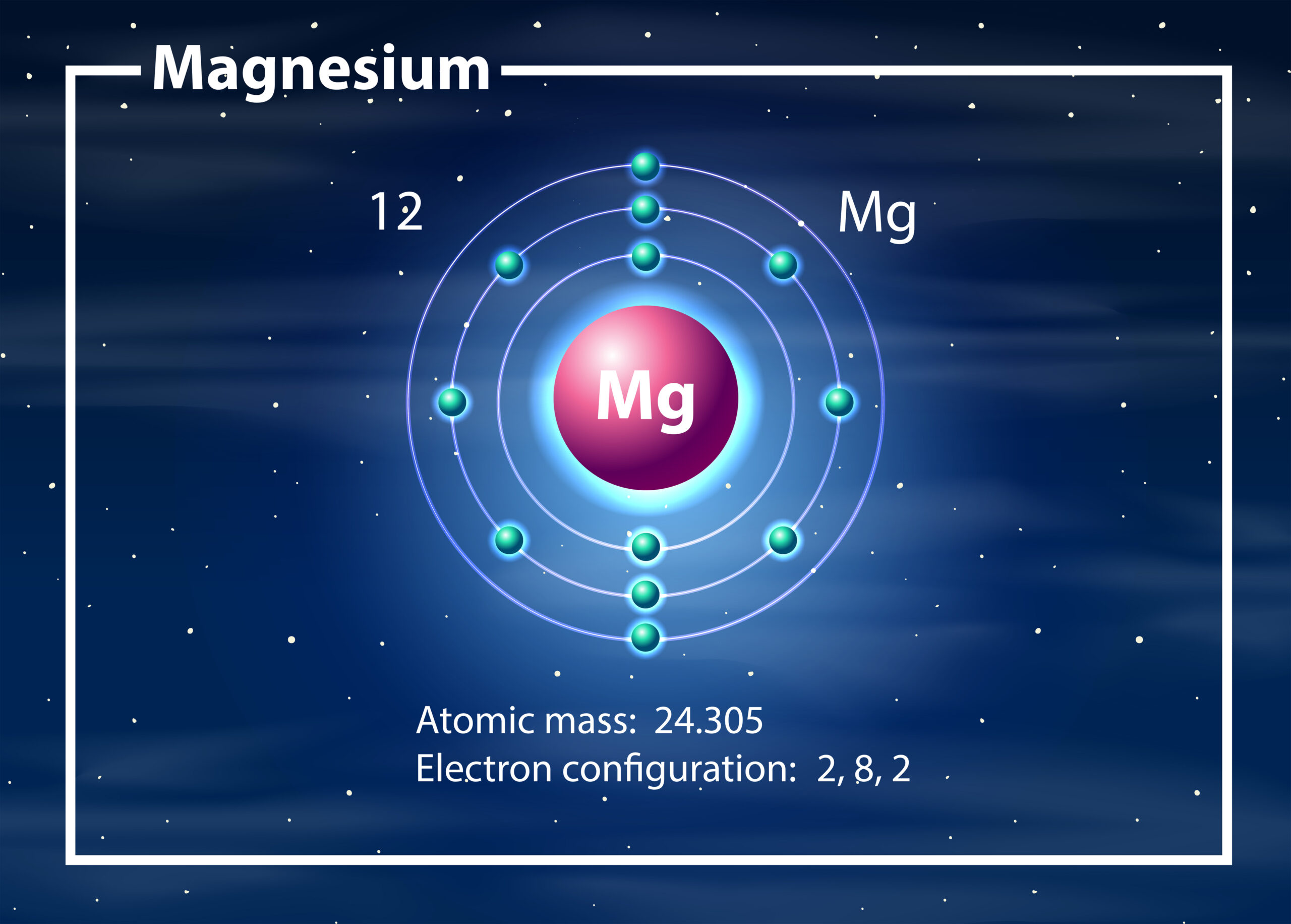
Magnesium
Magnesium is an essential mineral involved in numerous physiological processes throughout the body, including energy metabolism, protein synthesis, muscle and nerve function, blood glucose regulation, and bone health. There are several ways in which magnesium may contribute to overall health and potentially influence lifespan:
Cardiovascular Health: Magnesium plays a critical role in maintaining heart health by regulating blood pressure, supporting normal heart rhythm, and preventing arterial calcification. Adequate magnesium intake is associated with a reduced risk of cardiovascular disease, including hypertension, stroke, and coronary artery disease, which are major contributors to mortality.
Blood Sugar Control: Magnesium is involved in insulin secretion and glucose metabolism, and low magnesium levels have been associated with insulin resistance, impaired glucose tolerance, and an increased risk of type 2 diabetes. By supporting healthy blood sugar levels, magnesium helps reduce the risk of diabetes-related complications and premature mortality.
Bone Health: Magnesium is essential for bone formation and mineralization, and adequate magnesium intake has been associated with higher bone mineral density and a reduced risk of osteoporosis and fractures, particularly in older adults. By supporting bone health, magnesium helps prevent falls and fractures, which can significantly impact longevity and quality of life.
Inflammation and Oxidative Stress: Magnesium possesses anti-inflammatory and antioxidant properties, and low magnesium levels have been associated with chronic inflammation and oxidative stress, which are underlying factors in many age-related diseases, including cardiovascular disease, neurodegenerative disorders, and cancer. By reducing inflammation and oxidative damage, magnesium helps promote overall health and longevity.
Cognitive Function: Magnesium is involved in neurotransmitter release and synaptic plasticity, and adequate magnesium levels have been associated with better cognitive function and a reduced risk of age-related cognitive decline and dementia. By supporting brain health and cognitive function, magnesium may help preserve mental acuity and independence in older age.
Price: $99.00

Bioavailable Testosterone
Bioavailable testosterone, which includes free testosterone and testosterone bound to albumin, is considered to be the active form of testosterone that is readily available for use by cells throughout the body. Testosterone plays a crucial role in various physiological processes, including muscle mass maintenance, bone density regulation, cognitive function, mood regulation, and libido.
Muscle and Bone Health: Testosterone is important for maintaining muscle mass and strength, as well as bone density. Sarcopenia (age-related muscle loss) and osteoporosis (loss of bone density) are common conditions associated with aging, and adequate testosterone levels may help mitigate these effects, potentially reducing the risk of falls, fractures, and disability.
Cognitive Function: Testosterone receptors are present in areas of the brain involved in cognitive function, and testosterone has been implicated in memory, attention, and executive function. Some studies suggest that low testosterone levels may be associated with cognitive decline and an increased risk of neurodegenerative diseases such as Alzheimer’s disease.
Cardiovascular Health: Testosterone may have cardioprotective effects, including improving lipid profiles, reducing inflammation, and enhancing endothelial function. However, the relationship between testosterone levels and cardiovascular health is complex, and both low and high testosterone levels have been associated with an increased risk of cardiovascular disease in some studies.
Mood and Well-being: Testosterone levels may influence mood, energy levels, and overall well-being. Low testosterone levels have been associated with symptoms of depression, fatigue, and reduced quality of life in some individuals, while testosterone replacement therapy has been shown to improve mood and quality of life in hypogonadal men.
